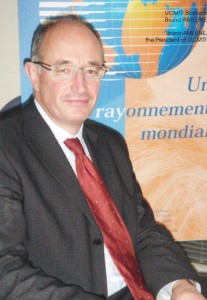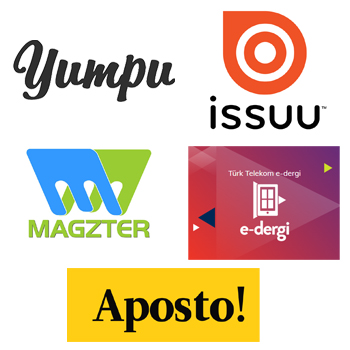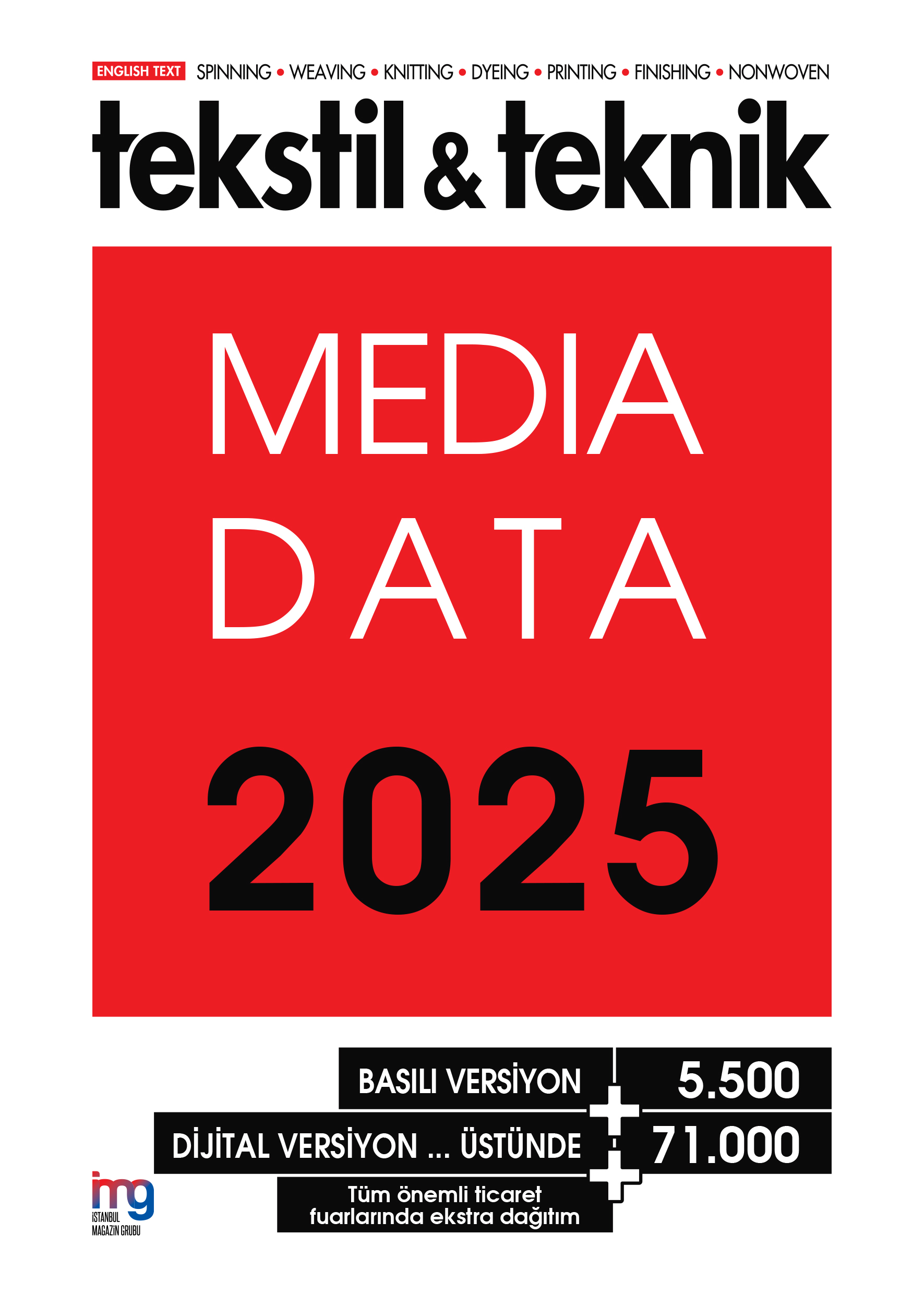 UCMTF groups 30 specialty textile machinery manufacturers, often world leaders on their specific markets.
UCMTF groups 30 specialty textile machinery manufacturers, often world leaders on their specific markets.
Their total annual consolidated turnover of 1 billion Euros (1.3 billion US dollars) makes France the sixth textile machinery exporter. They are particularly strong in long fibre spinning, yarn twisting and texturing, heat setting, Jacquard and dobbies, dyeing, nonwoven and recycling processes. Bruno AMELINE, the President and Evelyne CHOLET, the Secretary General comments on the situation of French textile machinery and world textile markets. The global economy is growing but it is not the case in Europe and particularly in France. How are the French textile machinery manufacturers doing?
“We are back to the best levels that we reached before the crisis, which hit the global economy in 2008-2010. In 2012, many of our companies have achieved record sales and order intakes. The only drawback of this positive situation is that the delivery lead times may be close to one year and sometimes even more. This means that we have a very good visibility for the whole 2013 and into 2014. Geographically speaking, the differences are huge compared with what prevailed before the crisis. For quite a while our national market for apparel and home textiles has collapsed. More recently, it has been the case also for many of our historical European markets. These markets have shifted to such countries as China and India and to specific places like Turkey but each market can be quite volatile. China has been less buoyant recently but seems to come back; India is very active with the governmental and local investments incentives. For the technical textiles which represent close to 40% of the fiber consumption, the situation is more balanced as the production of these fast growing products is approximately one third in each continent: Europe, the Americas and Asia.”
Do you think it is dangerous to rely on such remote markets?
“No. We are not competing on the mass markets like cotton spinning. Our companies are SME’s, designing, producing and servicing specialized machines offering the latest innovations. This is in our DNA, remember Jacquard, the most well-known textile machinery inventor, he was French! Today, with our skills, expertise and experience, we develop creative and innovative solutions for our customers. Even if mostly SME’s, the French machinery manufacturers have set up a very effective network to offer the best service to most remote customers’ locations. We support our clients wherever they operate at least as well as a local supplier could do. We do it through offices, warehouses, agents or distributors. For the spare parts, our members are more and more pro-active, some have recently opened warehouses in important markets to deliver the much awaited parts without transportation lead time and with the right level of service. We work with our clients to help them to introduce new products on their markets, to have reliable and cost efficient production processes. It gives us a real competitive advantage. As we strongly believe that our strategy is right, we are optimistic for our future.”
Another danger could be the copies, how do you deal with this issue?
“So far, each company had its own policy but, recently, within our association, we have established an active working group on this strategic topic. We absolutely need to protect our intellectual property; it may be our most important asset. We have collectively concluded that the counterfeited machines or parts come from a small num ya
ber of countries. We will sue the counterfeiters very aggressively. We have strong arguments: our patents, our brands. Most of our customers who, as I said are our long-term partners, understand that this strategy is in their long-term best interest. We will become more and more pro-active concerning the use of counterfeited parts, as we cannot guarantee a machine, which uses counterfeited parts. Each company, national associations and Cematex and the machinery shows have to work together on this strategic sensitive feature of our business. In this war against copycats we receive more and more support from the governments, the international bodies and the judiciary systems.”
Is UCMTF active to promote sustainable development?
“On Wikipedia, I found an interesting definition of sustainable development: a mode of human development in which resource use aims to meet human needs while ensuring the sustainability of natural systems and the environment, so that these needs can be met not only in the present, but also for generations to come. I have been thinking for many years on our responsibilities as industrialists and good citizens. At first, sustainable development and our corporate goals may have looked, at least partly, contradictory. It is actually not. First of all, end users are more and more demanding on sustainability. This is true for all textile products. For apparel or home textiles, the consumers’ demands go up to the textile pipeline from the very powerful international brands and distributors up to us, the machinery manufacturers. For technical textiles, the public and private procurement policies follow the same trends. For example, in France, public procurement criteria include sustainability. Another reason is that we design machines and production processes which save energy, water, and raw materials. Our national manufacturers have found many ways: fine tuning the machines, finding new processes for individual machines, optimizing a whole production line. The textile producers of apparel, home textiles and technical tex tiles are extremely sensitive to energy, water and raw material savings and compare precisely the investment costs and the savings. Often their own desire to promote sustainable development is supported by profitable returns on their investments. I can conclude in a very positive way, which is now embedded in our corporate strategies and for which we invest heavily in technical expertise: to deliver sustainable profits for our companies we have to act in the context of a sustainable development framework for all our stakeholders and for our global community. Our machines, themselves, have to be manufactured to leave the least possible footprint on the environment. We have to put more emphasis on their eco-design, propose upgrading schemes and plan how the materials used will be recycled at the end of their life. UCMTF can promote such policy.”
Do you check that the machines you sell are used in safe conditions for the labor force?
“You are probably thinking of the collapse of a garment factory in Bangladesh, which killed more than 1 000 workers and other such horrible drama. Our machines are not used in the garment industry but in the textile industry. The two are fundamentally different. For example, a T-shirt manufacturer’s process is mainly labor intensive. On the contrary very high capital investments are necessary in the textile production. The labor force in the textile industry includes a great number of engineers and highly skilled workers. In order to be efficient in spinning, yarn processing, knitting or weaving the plant itself has to be modern with such equipments as air-conditioning. Then, even if our customers do not face the same risks as some garments makers, more and more the products of our customers have to be both eco-friendly and people-friendly. Even though the supply chain in apparel is so complex that it becomes quite abstract to the consumers, the recent events may change that attitude and make it compulsory to be much more vigilant on safety. I just read in the news that Bureau Veritas, the global inspection and certification body, had been awarded big contracts to check on the safety issues in Bangladesh.”









